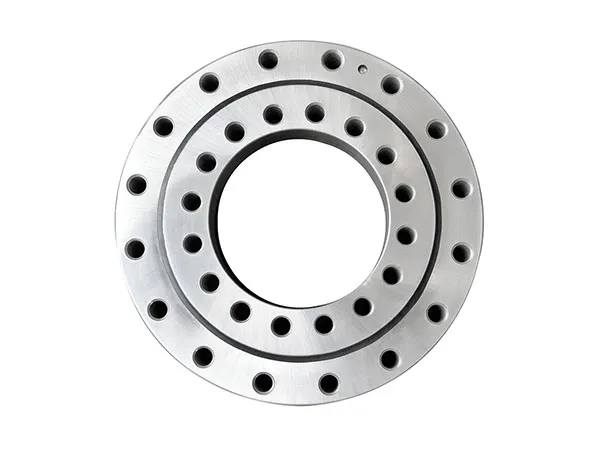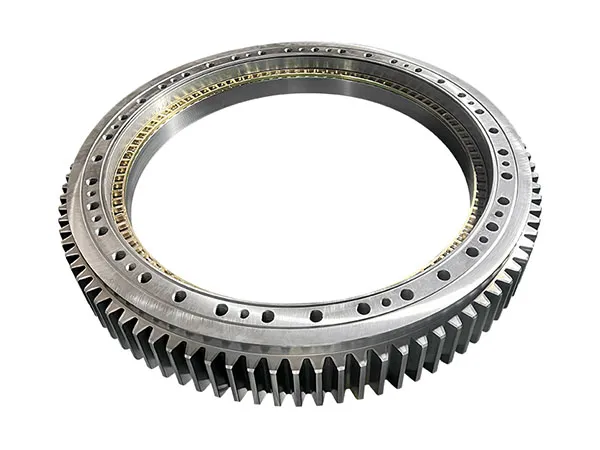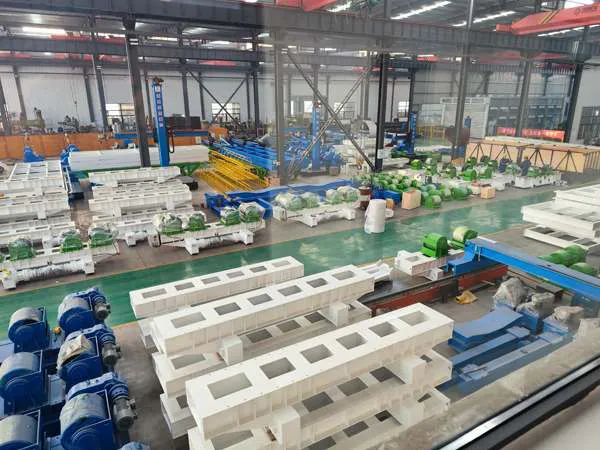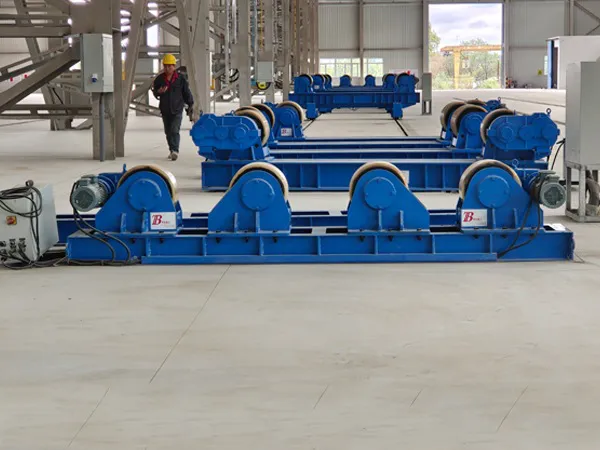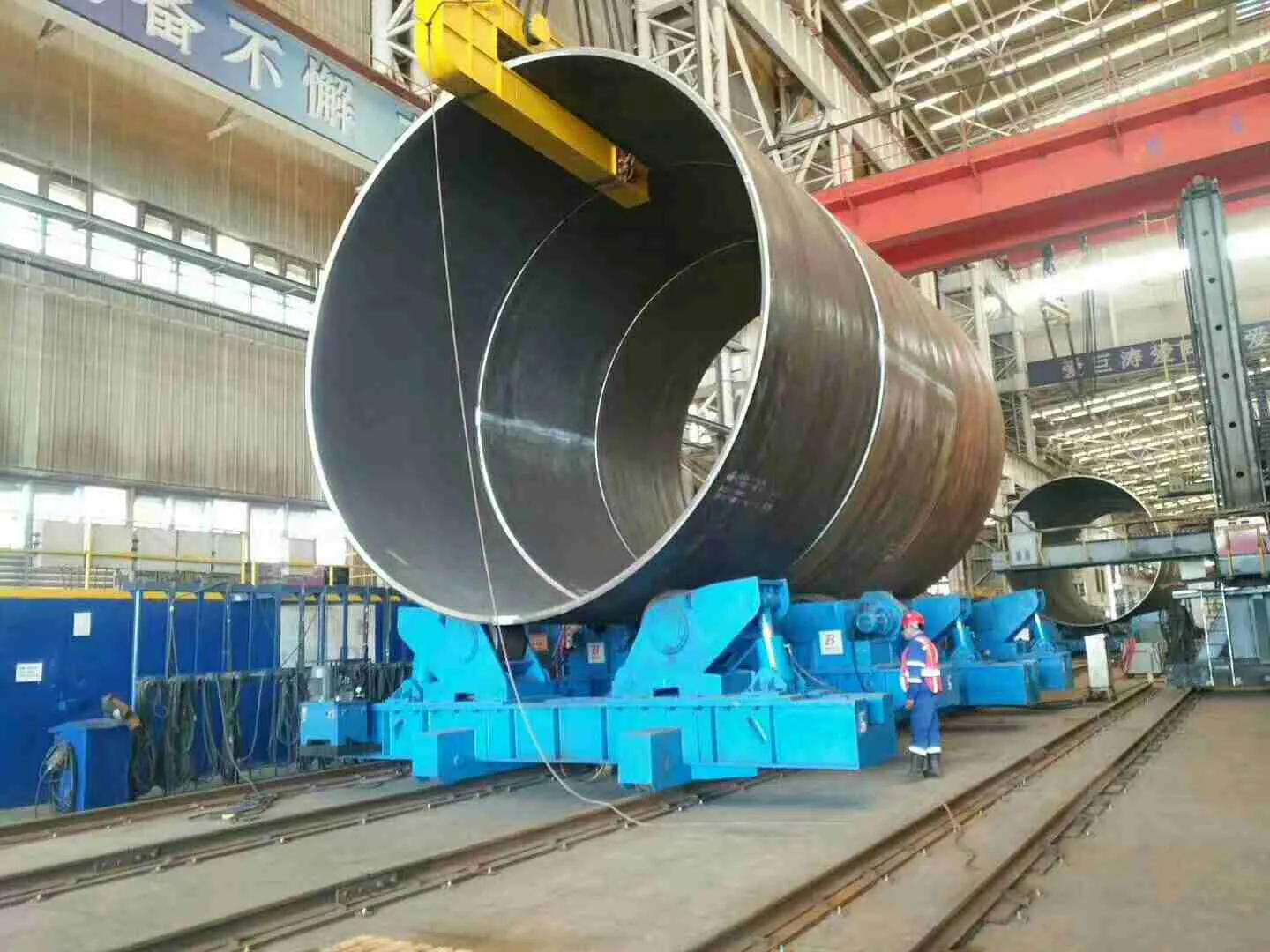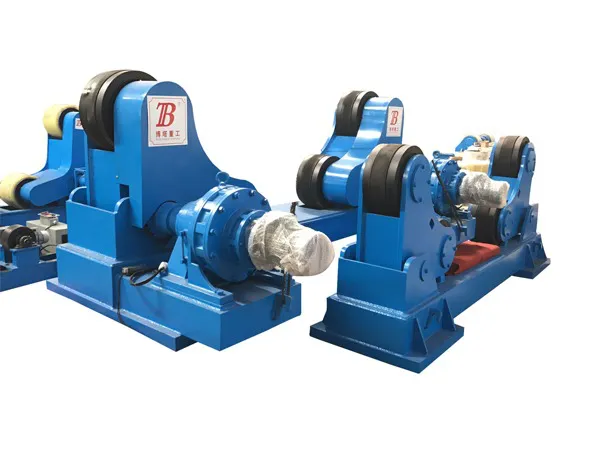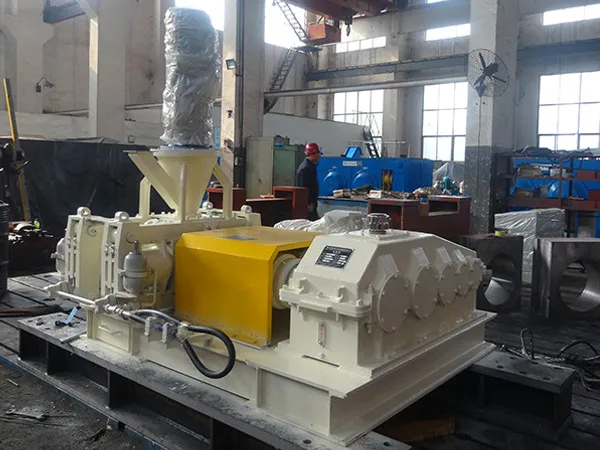In modern heavy machinery and precision systems, slewing bearings are indispensable components that enable smooth rotation, tilting, and oscillation. They serve as the“joint” of mechanical equipment, ensuring structural stability and precise motion.
Understanding the differences between single-row and double-row slewing bearings-and how their specifications affect performance is crucial for mechanical engineers, designers, and purchasing managers. The right bearing choice can significantly enhance efficiency, reliability, and lifespan while reducing maintenance costs.
What Is a Slewing Bearing?
A slewing bearing (also known as a turntable bearing or slewing ring) is a specialized bearing designed to carry axial, radial, and overturning moment loads simultaneously. It typically consists of:
Inner and outer rings
Rolling elements (balls or rollers)
Spacer and sealing components
Its structural advantage allows heavy-duty equipment to rotate smoothly under substantial load without excessive friction.
Common applications include:
Construction and mining machinery
Cranes and aerial platforms
Wind turbines and solar tracking systems
Industrial robots and automation lines
Port lifting equipment and radar systems
Single-Row Slewing Bearings: Cost-Effective and Reliable
1.Four-Point Contact Ball Slewing Bearing
The single-row four-point contact ball bearing is the most widely used type. Each steel ball makes contact at four points, enabling it to carry combined axial, radial, and moment loads simultaneously.
It features a simple structure, easy installation, and cost-effective performance, making it suitable for medium-load applications.
Typical Uses:
Excavators, cranes, welding positioners, small wind turbines, and industrial automation systems.
…
For more detailed information on single-row and double-row slewing bearing specifications, please click here: https://www.mcslewingbearings.com/a/news/single-row-and-double-row-slewing-bearing-specifications.html

